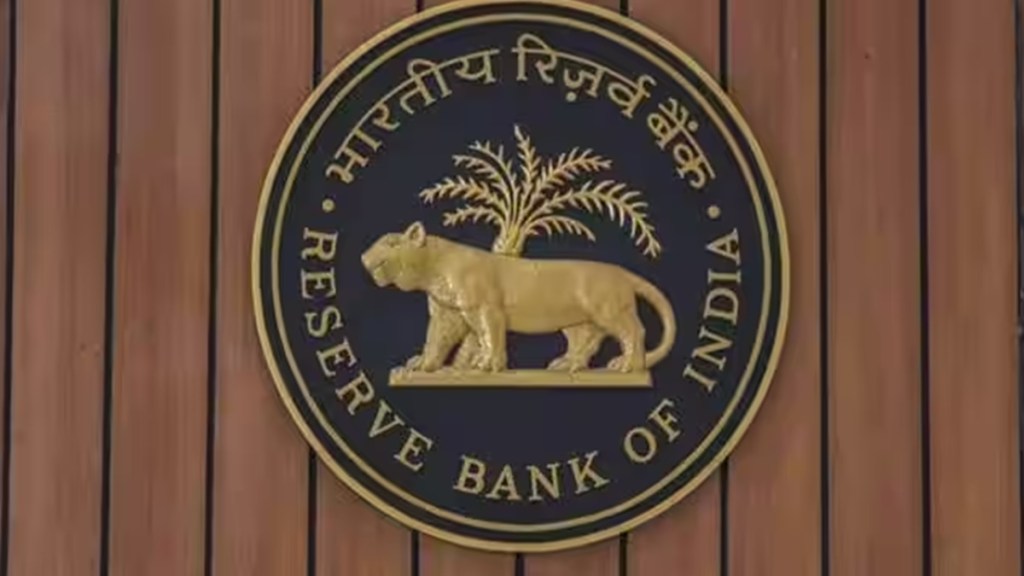– By R Gopalan and MC Singhi
The Monetary Policy Committee is shortly reviewing the inflation and overall macroeconomic situation to take a call on policy rates and future medium term guidance. In the current fiscal so far, there have been three important developments.
First, the policy rates have not changed since these were raised earlier in February, 2023. Second, inflation measured in terms of CPI has considerably moderated from a peak of 7.9 per cent in October 2022 and has remained below 5 per cent in the first quarter of the current year. June 2024 inflation has shown an increase of 50 basis points compared to May 2024 and there are expectations that July and August numbers may show some further increase. Wholesale Price inflation, both at the aggregate level and core has remained negative during the first quarter, giving an advantage to producers. Third, there have been some positive expectations on global economic growth though an increase in policy rates in the US generates temptation to follow the trend. Domestic growth in Q4 of 2022-23 was better than its initial assessment and the first quarter of 2023-24 may see a growth of around 6 per cent with an upward bias. FDI flows in the first quarter have been robust and that may facilitate a recovery in investment. The current situation is therefore mixed both from a growth and inflation perspective.
CPI inflation for the last 17 quarters is presented in the graph below. It is clear that on a quarterly basis there has been a continuous decline in inflation irrespective of the broad group we look at since their current peak in Q1 of 2022-23. The CPI services inflation is stickier than the inflation of other groups.
For CPI inflation other than that of services, the decline in the most recent four quarters is more than 250 basis points. In case of CPI goods and overall CPI less cereals & cereal products, the decline is more than 350 basis points. In fact, it may be more appropriate to look at inflation in terms of quarterly averages rather than get swayed by an upsurge in a single month or a single commodity. These may largely be due to supply bottlenecks which may take some time to get corrected or logistic related issues. CPI inflation minus cereals is an important parameter because nearly 80 per cent of the population covered under National Food security has free access to cereals and inflation below the threshold level of 4 per cent for this group suggests calibration of monetary initiatives and a need to focus on growth. Further, the month on month CPI inflation has declined from 0.58 per cent in Q1 of 2022-23 to 0.33 per cent in Q1 of 2023-24. This data together with the WPI inflation indicates that in most of the items covered under CPI basket, there is hardly any pricing power with the producers or bulk aggregators. In such a situation, where there is a clear declining trend in CPI, raising any rates in line with the policy rate changes with the US would not be appropriate.
There has also been a decline in GDP deflators for goods and services from a peak in Q1 of 2022-23 to Q4 of 2022-23 by nearly 9 percentage points. We do not believe that the transmission of around 290 basis points increase in repo rate has taken place fully in the economy. The loan offtake by the non-financial sector is flat. By all counts, growth this year is not likely to cross 6.0%. With producers’ inflation declining and a clear perceptible moderation in CPI inflation, irrespective of the broad group we choose to consider, RBI may, contrary to the market expectations, could surprise us with a rate cut, may be of a magnitude lower than the usual 25 basis points. If RBI still wants to play safe in view of the possible El Nino effect on Indian monsoon and on account of international uncertainties, they may hold the rates and make the stance accommodative.
At this juncture, it may be important to look at the study of Reserve Bank of India of May 2021 on Threshold level of Inflation. The study clearly mentions that for macroeconomic policy targets consistent with fiscal and trade deficit parameters, estimates suggest a threshold inflation level of 6.1 per cent and optimal growth rate of 7.5 per cent for India. The trade-off between long-term inflation and growth, though not symmetric on both sides of the threshold inflation, growth is maximized around 6 per cent of long-term inflation rate. If we consider the inflation target at 4 per cent instead of the threshold level of 6 per cent, the long-term growth rate would decline by about 80 bps. With this empirical research a growth inflation trade off should be carefully considered.
This may indeed be an outlier view and we believe that there could be commencement of rate reduction cycle from August 2023 and an accommodative stance. It is not early tinkering with policy rates.
(R Gopalan and MC Singhi are former civil servants.)
(Disclaimer: Views expressed are personal and do not reflect the official position or policy of Financial Express Online. Reproducing this content without permission is prohibited.)

